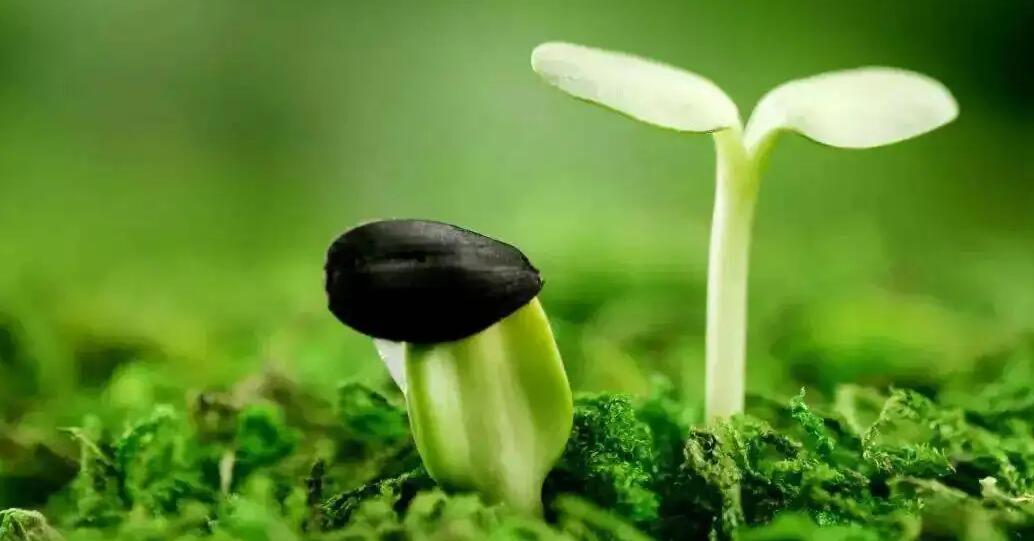GAO Yukun, YANG Puyuan, XIANG Xiaodong, WEI Shilin, REN Genzeng, YIN Congpei, LIANG Hongkai, CUI Jianghui, CHANG Jinhua
To study the effects of salt stress on growth and physiological characteristics of sorghum at different growth stages(elongation, flowering, and maturity), two sorghum varieties with different salt tolerances, Gaoliangzhe(salt tolerance) and Henong No.16(salt sensitive), were planted at four salt treatment levels(CK:0 g/kg, S3:3 g/kg, S5:5 g/kg, S7:7 g/kg). Moreover, the two varieties were compared under different salt treatment levels, plant morphology, root morphology, leaf photosynthetic characteristics and antioxidant enzyme activities at different growth stages. The results showed that with increasing salt treatment concentration, the antioxidant enzyme activity and relative chlorophyll content(SPAD) of the two varieties increased first and then decreased. The antioxidant enzyme activity reached the maximum value under S3 or S5 treatment, and there were significant differences between the maximum and CK. With the increase of salt treatment concentration, the malondialdehyde(MDA) of the two sorghum varieties increased significantly, which S7 treatment was significantly higher than CK. Under the same treatment, the antioxidant enzyme activity of salt-tolerant varieties(Gaoliangzhe) was higher than that of salt-sensitive varieties(Henong No.16), but the content of MDA was lower than that of salt-sensitive varieties. The photosynthetic capacity of the two varieties was significantly affected by salt stress. In elengation, S7 treatment significantly reduced the Pn of Gaoliangzhe, and Ci of the two varieties under S7 treatment was higher than that of CK. Under salt stress, the growth of the sorghum aerial portion and underground portion of sorghum were affected. The basal stem diameter, total length of root, root surface area, number of root tips, and number of root branches for two varieties reached the maximum under S3 treatment. And basal internode length, plant height, total length of root and root volume reached the lowest value under S7 treatment. In addition, grain fat content and grain starch content in two sorghum varieties decreased under salt stress.The grain tannin content was significantly higher than CK in low-salt (S3, 3 g/kg). In general, low-salt can promote the growth of sorghum, while medium-salt (S5, 5 g/kg) and high-salt (S7, 7 g/kg) conditions have a significant inhibitory effect on sorghum growth. And Gaoliangzhe is more salt-tolerant than Henong No.16.
